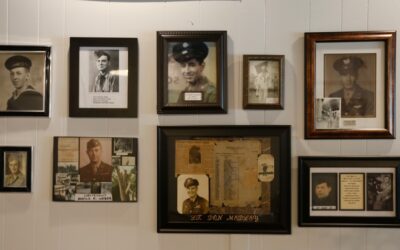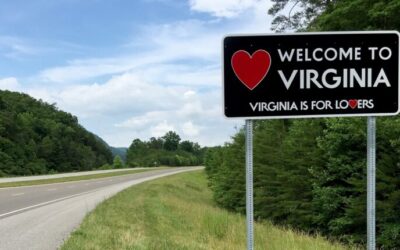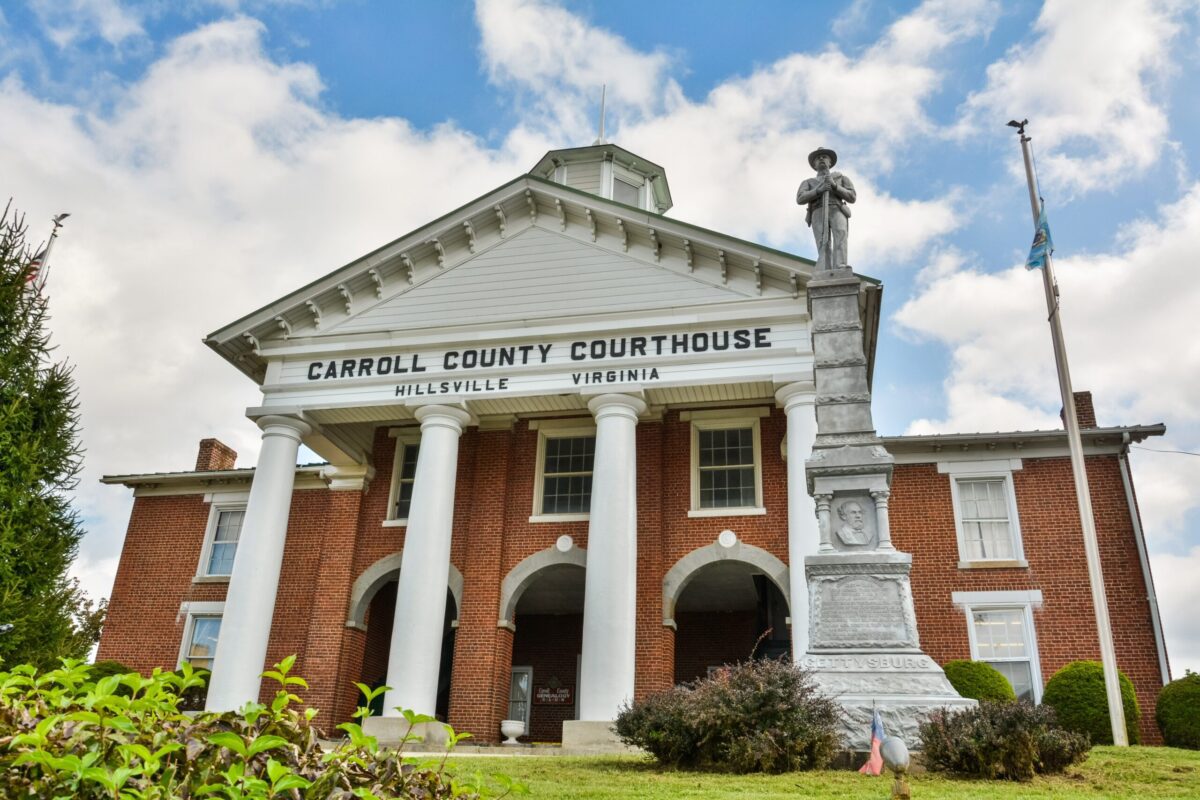
The site of one of Virginia's most mysterious and notorious crimes, the Hillsville Massacre. (Alizada Studios/Shutterstock)
The Hillsville Massacre of 1912 is one of Virginia’s strangest historical cases. Here’s everything you need to know about the Carroll County shooting.
When smoke from the shootout finally cleared in the Carroll County Courthouse on March 14, 1912, four people were dead and seven had been wounded. One of the wounded individuals, Betty Ayers, died the following day. Over a hundred years have passed since then, and still one lingering question remains: Who shot first?
As I researched the topic, it became increasingly clear that the answer to this century’s old question would remain lost to the passage of time. Despite nearly 100 people witnessing the event—which was dubbed the “Hillsville Massacre”—many had different perspectives on their shared experience. Some people pointed the finger at the infamous Allen Clan, and more specifically, at Floyd Allen, who was on trial that day. Others believed that Dexter Goad, Carroll County’s deputy clerk, drew his weapon first. A local historian told The Roanoker in 1982 that they believed it was actually Claude Allen who shot first, a claim made by several other people back in 1912.
To understand how confusion around this singular incident has persisted for so long, it’s important to first understand the series of events that led up to the Hillsville Massacre. It’s a story that involves decades of violence, rebellion, and small-town politics. In the years before the shooting at the Carroll County Courthouse, the Allen Clan got away with pretty much everything except murder. By March 1912, law enforcement officials had had enough of this cycle of leniency and decided to finally stand their ground. Did they know this decision would cost some of them their lives? Given that almost all of them turned up to the courtroom that day with guns tucked under their coats, it’s safe to assume they did.
For the Allen family, though, different assumptions had likely been made. They were used to getting their way—Floyd in particular. The men showed up similarly armed, ready for whatever trouble they might encounter, but came out largely unharmed that day. The long arm of the law finally caught up to them, though, and Floyd and Claude Allen died in the electric chair a year later in connection to the events of March 14.
How had so much blood been spilled in Carroll County over such a short period of time? And why was Floyd on trial that fateful day to begin with? Answering each of these questions has, at the very least, painted a clearer picture of why the Hillsville Massacre took place. By the time you’re done reading this, you’ll probably have your own perspective on what happened—on who shot first, and why—colored by your own feelings and biases.
Unless new evidence is found, none of us will ever know for sure whether Floyd Allen or someone else fired the first shot that day. But at least this gives us an interesting puzzle to turn over in our brains as we step back into the bloody past of 1900s Virginia.
A history of violence
Hillsville, the county seat in rural Carroll County, was home to the infamous Allen Clan. The details leading up to Floyd Allen becoming the leader of the family are numerous, and I’d encourage you to listen to Southern Mysteries’ 1912 Hillsville Massacre episode to learn more. While learning about the Allens is interesting, the family members who were running the show before Floyd don’t play a direct hand in the events of the massacre. I’m choosing to focus only on the key players in 1912 in this deep dive, since we’re examining how that particular day ended in so many deaths.
Floyd owned the general store and several acres of land, and he also operated the family’s moonshine business. At various points, he held positions as constable, deputy sheriff, tax collector, and special policeman. He was influential in Hillsville due to his various connections, and he and several of his siblings (he was one of 10) often viewed local politics as something to control rather than to be controlled by. As Seth Williamson stated in his 1982 article for The Roanoker, “There were some in Carroll County who believed that Floyd Allen was a law unto himself.” This sentiment was echoed in G.M.N. Parker’s “The Mountain Massacre,” where Parker wrote that “Carroll County had ‘two governments, one by the county and one by the (Allen) Clan.’”
This idea—and Floyd’s reputation—were built on the backs of several incidents involving the Allen family’s patriarch. He was known for having a temper that often got him into trouble—he shot a man in North Carolina and claimed self-defense, and was later indicted on an assault charge. He was tried and convicted for assault after he shot his neighbor, only to be pardoned by the governor before he served his one-hour jail sentence. Floyd was known for bribing and threatening his way out of serving jail time, and he was once quoted as saying that he’d “rather die and go to hell than spend a minute behind bars.” This sentiment would go on to carry even further significance during his 1912 trial.
A judge who presided over several of Floyd’s cases said that Floyd was “the worst man of the Allen Clan” who had “little or no regard for human life.” His mean streak of violence didn’t just encompass strangers, though. He and his brother, Jasper Allen, fought and shot each other on one occasion. In fact, many members of Floyd’s family were known for being violent and received their own assault charges over the years. None of them had built up quite the same reputation as Floyd had, but everyone in Hillsville knew that the Allens had connections that ran deep. It was these connections—and the Allens’ tendency toward intimidating witnesses, judges, and law enforcement officials—that allowed them to run wild and free.
At least until a seemingly harmless corn shucking competition altered the course of their lives forever.

Setting the scene
A crucial piece of the Hillsville Massacre story lies in a series of events that happened in 1910 or 1911. I was unable to determine what year was accurate, as sources vary. The exact year is unimportant—the main thing you need to know is that in either 1910 or 1911, two of Floyd Allen’s nephews, Sidna and Wesley Edwards, participated in a corn shucking competition.
There was a rule that whoever found a red ear of corn during the competition could kiss any girl they wanted. Wesley found the red corn and kissed a girl who, at the time, was dating a young man named Will Thomas. Thomas and three of his friends allegedly assaulted Wesley the next morning outside of church, and Wesley defended himself against the attack. His brother, Sidna, rushed to help. Following the altercation, Wesley and Sidna were charged with assault with a deadly weapon, disorderly conduct, and disturbing public worship service. It’s unclear whether Thomas and his friends faced similar charges.
Given that Wesley and Sidna came from a long line of men who believed they were above the law, the two decided to skip town instead of facing arrest. They traveled to North Carolina and started working at a local granite quarry there, but Carroll County’s deputy clerk, Dexter Goad, obtained a warrant for their arrest. He notified the sheriff in NC’s Surry County, who then arrested the brothers. Carroll County’s deputy sheriff, Thomas Samuels, and Peter Easter, Samuels’s driver, traveled to North Carolina to bring the Edwards brothers back to Hillsville to stand trial. This is where the trouble began.
Once Samuels and Easter arrived in Surry County, they realized they only had one pair of handcuffs. Since Sidna had attempted escape before, they decided to tie him to the back seat and placed the handcuffs on Wesley, who sat in the front of the buggy. As the group made their way to the Carroll County Courthouse, they passed Sidna Allen’s house, where Floyd Allen happened to have stopped on his way home.
As they approached Floyd, Deputy Samuels pulled out his gun and told Floyd to stay back, which Floyd initially did. Floyd then rode further down the road and blocked the buggy outside of Sidna Allen’s store, and Samuels pulled out his pistol once again to warn Floyd to back off. The two then began brawling, and Floyd reportedly beat Samuels with his own gun. Wesley attempted to fight with Easter, but Easter managed to escape. Easter shot at Floyd as he fled, injuring Floyd’s finger, and later called the Hillsville sheriff once he reached safety. After the scuffle, Floyd released his nephews and left Deputy Samuels, who was knocked unconscious, in a ditch.
A few days later, Floyd turned the Edwards brothers over to the court, where they were tried and convicted of their various crimes. Sidna Edwards was sentenced to thirty days, and Wesley was sentenced to sixty, and they served these sentences on work release. William Foster, the Commonwealth’s Attorney at the time, was a political enemy of Floyd and the Allen Clan, and he called on a grand jury to investigate Floyd’s actions in releasing his nephews, primarily the pistol-whipping of Deputy Samuels. The grand jury chose to indict Floyd, along with Sidna Allen and Barnett Allen, for deputy interference. Floyd was also indicted for assault and battery. Barnett was acquitted, and Sidna Allen was never tried.
Floyd, however, was set to stand trial. After several delays, a date was set for March 1912.
March 14, 1912
In Seth Williamson’s piece for The Roanoker, he wrote, “To those not born and raised in Carroll County, it may seem incredible that fundamental issues of fact can be raised about an event that was witnessed by over a hundred spectators.” While I generally agree with his sentiment, I think it’s important to remember that people often recall the same events in different detail, especially when their own personal biases are at play.
Many people in positions of authority in Carroll County were fed up with the Allen Clan by the time 1912 rolled around. There was a recent transition to circuit courts that lessened the Allens’ ability to grease palms and get out of legal trouble, and Floyd’s trial came in the wake of these changes. He knew he wouldn’t be able to get out of the indictment for the charges against him relating to the Edwards’ scrap, and so Floyd and every other man entering the courthouse that day was on edge.
In Southern Mysteries, host Jesse Gallager said that there was “fear that if the verdict didn’t go Floyd’s way, there would be trouble,” and there was. Battle lines were starkly drawn between the Allen Clan and law enforcement officials, many of whom were told to arm themselves before the court that day. Adding to the tension was the fact that many bystanders also opted to bring weapons with them as they witnessed the trial. There was no shortage of people whose fingers were twitching toward a trigger throughout the morning’s testimonies.
Floyd was found guilty by the jury and sentenced to one year in prison. When the sentencing was announced, he reportedly said, “If you sentence me on that verdict, I will kill you.” Judge Thornton Lemmon Massie, who presided over the trial, immediately sentenced Floyd to one year of jail time. David Bolen, one of Floyd’s defense attorneys, later recalled his version of events, stating that Floyd said something along the lines of, “I just tell you, I ain’t a goin’.” Seconds later, shots rang out in the courtroom. A hail of bullets followed, and within the span of minutes, Judge Massie, Sheriff Lewis Webb, Commonwealth’s Attorney William Foster, and juror Augustus Cezar Fowler were dead. Witness Betty Ayers had been gravely wounded and would die at home the following day.
Several others were wounded, including Floyd. Some said that Floyd pulled his gun and shot first, while others claimed that Sheriff Webb fired on Floyd before anyone else had their weapons drawn. Others stated that Deputy Clerk Dexter Goad shot first, and that he’s the one who wounded Floyd. Several witnesses swore that it was Claude Allen who started the shooting. Floyd claimed in the aftermath that he only pulled his gun in self-defense, but no one’s claims could be proven beyond a reasonable doubt. All anyone knows for sure is that the shooting started, and after 50 bullets had been spent and a few minutes had gone by, multiple people were dead or bleeding on the courtroom floor.
You can still see bullet holes on the steps of the Carroll County Courthouse to this day.

Aftermath and execution
Despite the confusion surrounding who was really to blame for the Hillsville Massacre, Floyd and Claude Allen, along with several other members of their family, were put on trial just a few weeks later. Floyd had been charged with killing Commonwealth’s Attorney William Foster, and he was found guilty of this crime on May 18. David Bolen, Floyd’s attorney, testified that he saw Claude draw and fire his weapon first, and that he was the one (along with Sidna Allen) who killed Judge Massie. Another witness, Floyd’s other attorney, Walter S. Tipton, claimed to have seen something similar. Tipton added that Floyd only drew his gun after Claude had started shooting. Claude was also found guilty, and both he and Floyd were sentenced to death in the electric chair.
Following their convictions, a third member of the Allen Clan, Friel Allen, confessed to shooting Foster, though he was only sentenced to 18 years in jail for this crime. Neither Floyd nor Claude, who were both set to die in the electric chair for killing Foster, were set free following Friel’s confession. Sidna Allen was convicted and sentenced to 35 years in prison, and Wesley Edwards was sentenced to 27 years. It’s unclear as to why Sidna, Wesley, and Friel received extended jail time while Floyd and Claude were sentenced to death.
Floyd and Claude became the 47th and 48th people to die by Virginia’s electric chair, with Floyd being executed first at 1:22 p.m. on March 28, 1913. Claude reportedly died 11 minutes after Floyd.
Despite this gruesome conclusion, many people in Carroll County still felt unrest surrounding the events of 1912. As a local historian told Seth Williamson in 1982, there was no question in their mind—and in the mind of many, many others—that Claude was the one who fired the first shot, and thus the blame should land squarely on his shoulders. Floyd had never been an angel, but it was obvious that the livewire tension between the Allens and law enforcement officials was what ultimately tipped the scales toward an irrevocable act of violence.
There may have been peace once the Allens were incarcerated or dead, but at what cost? In the wake of this tragedy, an entire county in rural Virginia was left reeling as they tried to pick up the pieces and move on with their lives. Over time, this task became easier to manage, but the impact of the Hillsville Massacre lingers on.
Decades later, neighbors still had their own battle lines drawn, clearly indicating who they felt was responsible for all those deaths. Like many beliefs, it’s hard to persuade someone to see a different perspective once they’ve accepted a specific version of the truth. When it comes down to it, it doesn’t necessarily matter what they think, or what I think, or what you think once you’re done reading this. Because the real truth is this: None of us will ever know who fired the first shot in the Carroll County Courthouse in March of 1912.
Everyone who was there that day carries a small part of the blame—for being on edge, for being armed, for trying to do what they thought was the right thing to do. And, really, it’s this idea that I keep coming back to more than the desire to answer that century-old question. How can so many people feel like they’re doing the right thing and still leave a collective trail of bodies in their wake?
The answer to that question, too, has been lost to the passage of time, I think.
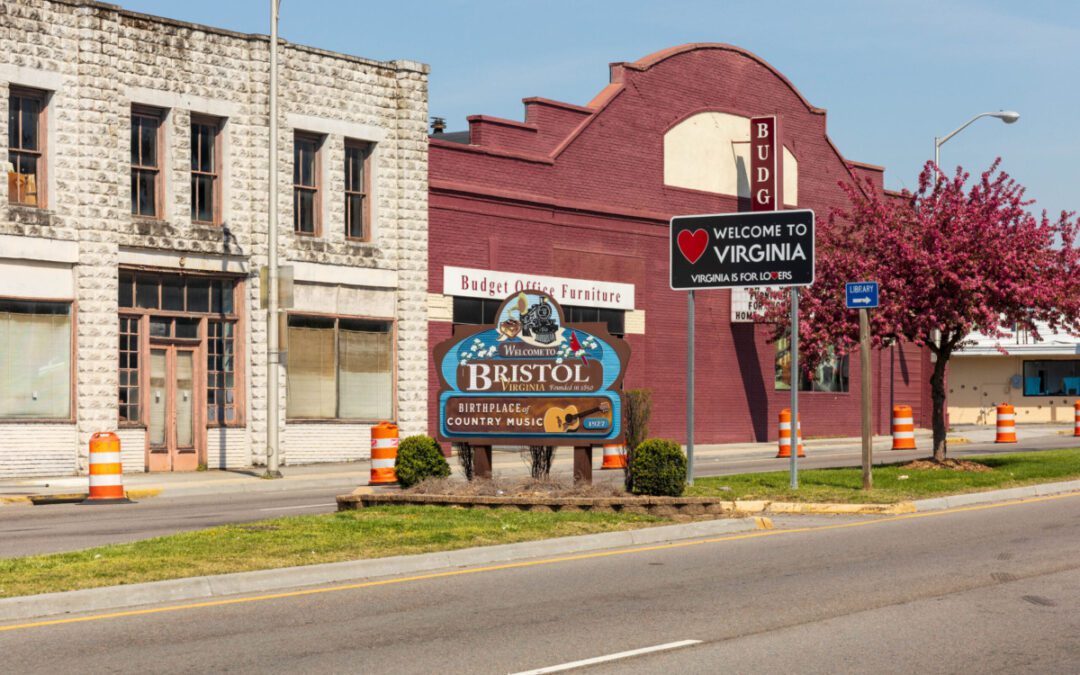
Southwest Virginia’s surprising country music history
Country music has deep roots in Southwest Virginia. Here’s what you need to know about its history. When most people think of country music, they...
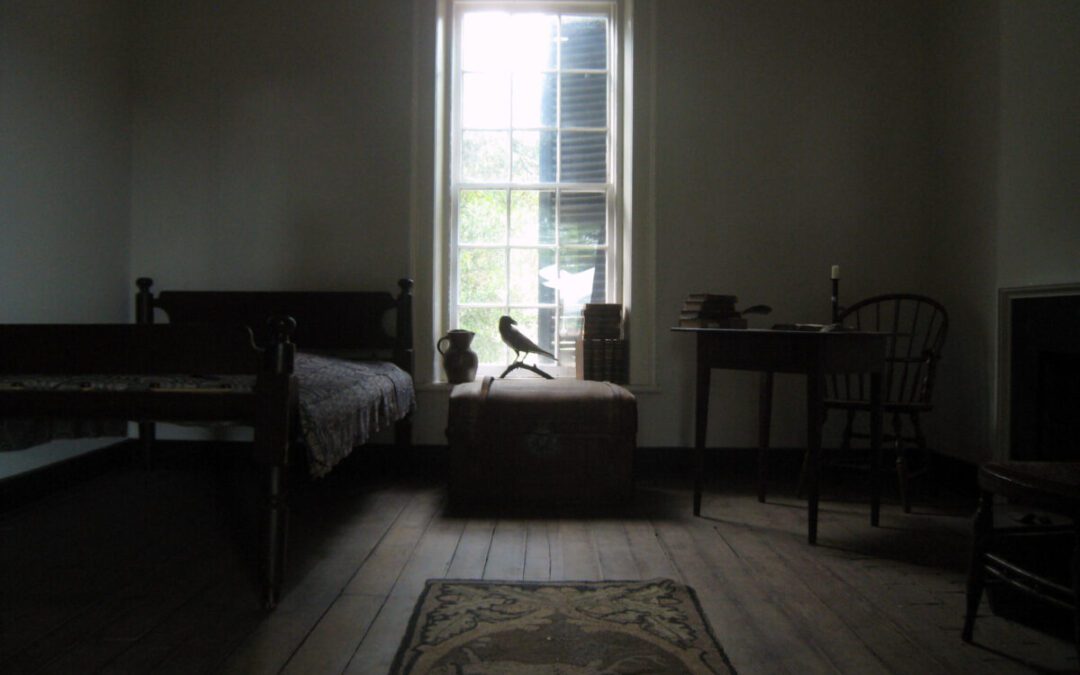
6 creepy facts about Virginia that textbooks leave out
Most textbooks recap specific, traditional details. Here are six creepy facts about Virginia you might not know. I’ve always been drawn to the...
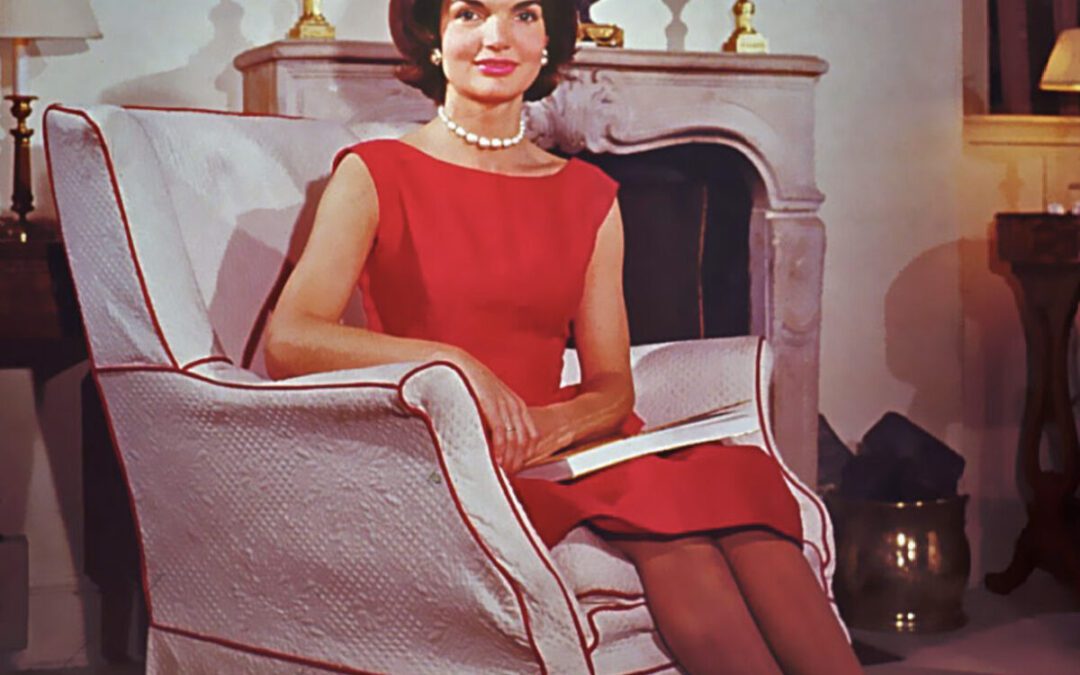
11 famous people who are buried in Virginia
The number of famous people buried in Virginia is higher than you might think. Here are 11 names you’re sure to recognize. When it comes to where...

5 Virginia startups that competed on ‘Shark Tank’
From sweet potato pies to plant-based Mediterranean food, discover what these Virginia companies that competed on “Shark Tank” are cooking up. From...

Yes, Virginia actually has volcanoes. Here’s what to know
Here’s the surprising history of Virginia’s volcanic past, including Mole Hill and Trimble Knob. When most people think of Virginia, volcanoes don’t...
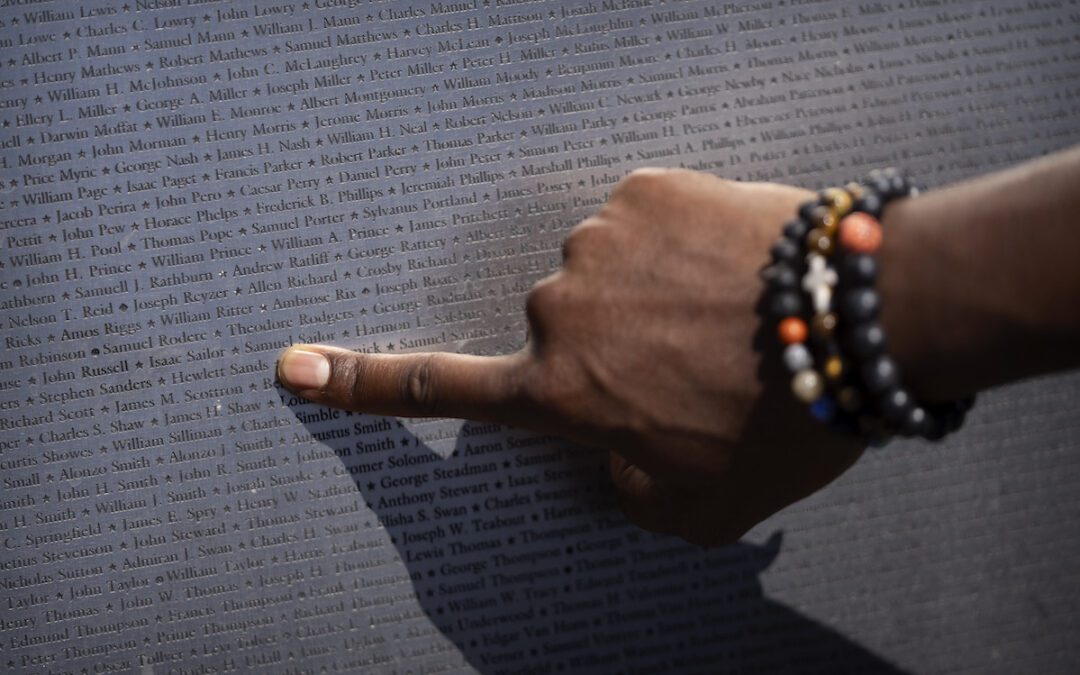
Juneteenth: A celebration of African American freedom
Today marks Juneteenth, an annual celebration commemorating the end of slavery in the United States in 1865. If you’re wondering why it took more...



